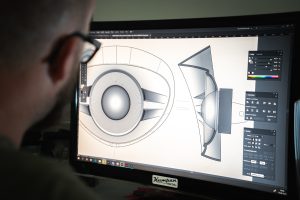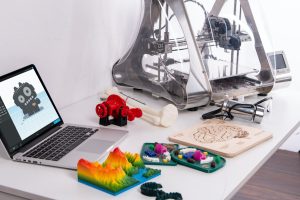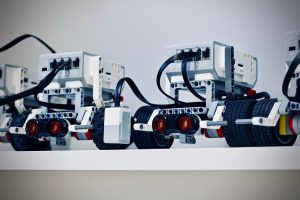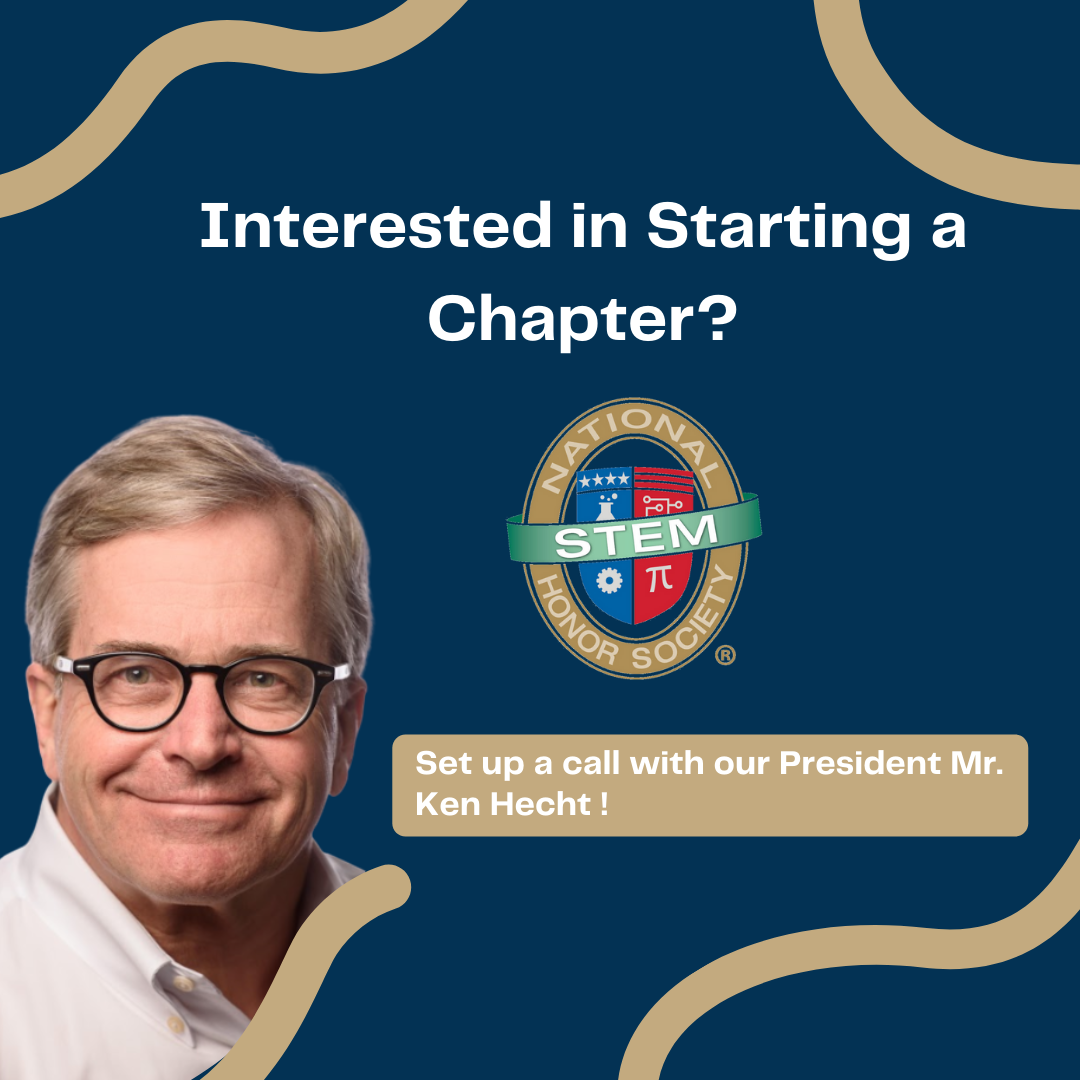As experts forecast computer science and engineering skills as crucial to the future workforce, K–12 schools should be rapidly implementing STEM programs in order to prepare their students to be the leaders of tomorrow. Schools have found many different solutions to shouldering the responsibility of passing on STEM skills to their students. However, despite these differing approaches, virtually all teachers find themselves employing STEM gadgets and tools to facilitate hands-on, project-based STEM learning in the classroom. The use of various educational technologies has helped K–12 teachers achieve their STEM education goals. Today, we will be breaking down the best of the best! These fun yet functional resources are rapidly taking their place as classroom staples and STEM technology must-haves!
Computer-Aided Design Software (CAD)
Computer-Aided Design (commonly referred to as CAD) has become an integral factor that moves the world forward. These 3D simulators let you design everything from tiny pieces of electronic equipment to large buildings, dams, and more! While this may seem intimidating, there are several CAD programs specifically tailored for students that allow budding engineers and architects to design 3D objects. These programs can range from simple to sophisticated. This would give little thinkers the opportunity to free their ideas from the 2-dimensional paper and showcase them in 3D form. A good CAD program would allow students to unleash their creativity, and once you spark that enthusiasm, there will be no holding them back!

3D Printer
The modern world has given students access to some of the most advanced tech gadgets available, including 3D printers. Students’ virtual CAD creations can become a reality with the magic of 3D printing manufacturing tools. Almost anything can be printed as long as it fits inside the printer, and the creativity this can unleash in your students can be interminable. While 3D printers are often reserved for offices and labs, there are dozens that are tailored for the classroom, boasting a more affordable price, compact size, and quieter printing. 3D printers can bring any child’s imagination to life, and it is the perfect tool to ignite a lifelong passion for STEM in your students!

Coding Tools
As schools work to reorient students for a world where technology is omnipresent, computer science and coding education is rapidly improving. To facilitate this learning, an increasing number of teachers are turning to coding tools, such as Scratch or Code.org. These coding tools help give students an early exposure to computer science by challenging them to create a program using block coding. It allows students to have fun creating engaging animations, adding music loops, designing captivating effects, and more – it is a sandbox of creativity! By visually simplifying code and functions into blocks, these coding tools are tailored for students to grasp without much assistance. With the introduction of coding tools in your classroom, you can simply sit back and watch your students’ creative juices flow.

Robotics Kit
Robotics kits are a great, hands-on means of facilitating STEM learning in the classroom. With a robotics kit, students will be able to connect STEM concepts to the real world and see different scientific theories at work. These theories range from elementary concepts, such as assembling geometric shapes, to high-school concepts, such as understanding the use of electricity in powering the robot. Both simple and complex concepts can be demonstrated through robotics kits, so it is a great project for any age group. Robotics has become an important addition to many teachers’ classrooms since they stimulate project-based learning and reinforce STEM concepts. With all that being said, however, will this be an addition to yours?

Technology can play an important role in the STEM learning process, and it can facilitate and deepen students’ learning experiences. We are certain that these 4 tools can benefit any STEM curriculum and will be an invaluable addition to your classroom and your students’ learning. With these resources in hand, your students will be well-equipped to build a strong STEM foundation that will set them up for success from K to Career.
Written by: Krithik Ashokkumar
